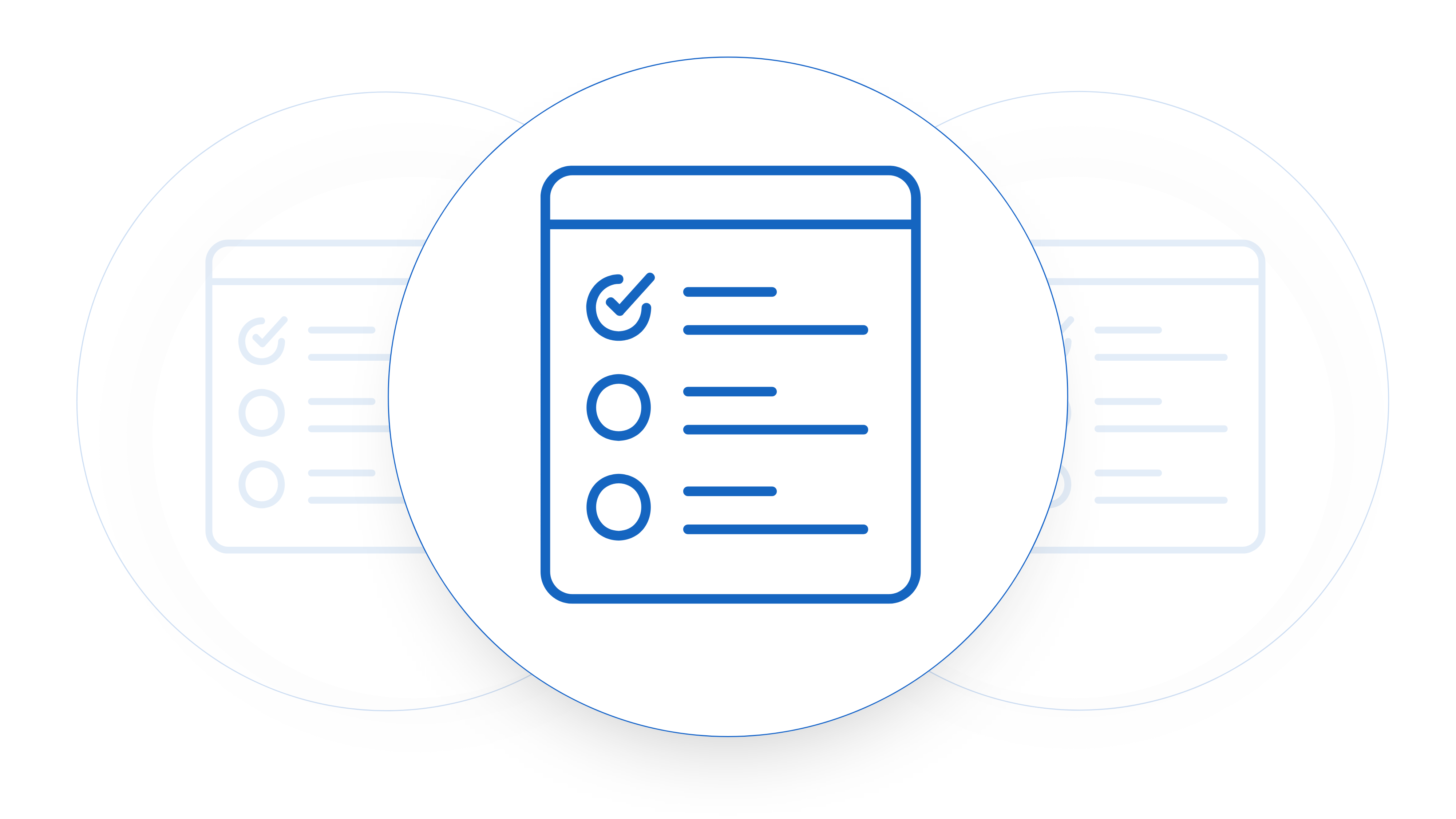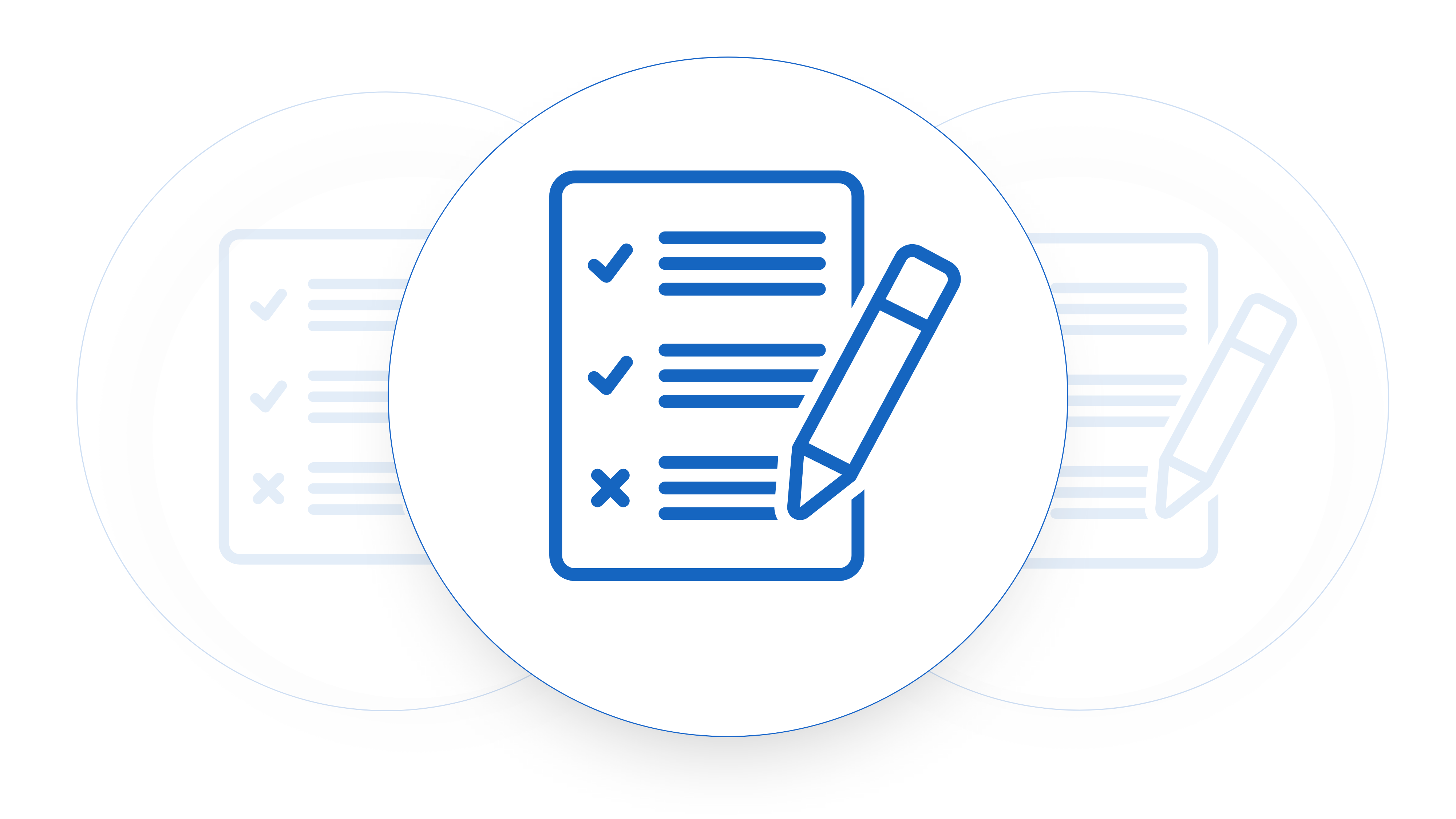SaaS and startup contracts aim to define services’ terms and conditions, ensuring both parties grasp their rights and responsibilities. One part of every SaaS sales contract that will be up for negotiation with B2B customers is the indemnification clause. The indemnification clause in commercial contracts can be a powerful risk mitigation tool.
These clauses allocate responsibilities and liabilities, reducing risk for both parties. SaaS providers can limit their liability by negotiating the extent of indemnification, protecting the startups intellectual property and shielding against possible third-party claims. Customers benefit from assurance that they won’t be solely responsible for legal and financial consequences in the event of disputes, data breaches, or service interruptions. These clauses provide clarity, fostering confidence and trust in the business relationship while helping both parties navigate their business relationship.
In this post, we’ll introduce you to what an indemnification clause is, why it’s important in the context of SaaS contracts, and how it benefits both parties.
What is an Indemnification Clause?
An indemnification clause in commercial contracts, often referred to as an indemnity clause, is a legal provision within a contract that outlines the responsibilities and liabilities of each party in case of certain predefined events or circumstances happening. Essentially, it is a risk management tool that allocates the burden of costs, expenses, or damages in the event of a dispute or a breach of contract. For SaaS sales contracts, an indemnification clause primarily addresses issues related to intellectual property, third-party claims, and data breaches.
The Importance of Indemnification Clauses in SaaS Contracts
Indemnification clauses in SaaS contracts are crucial for several reasons:
1. Protection against Intellectual Property Disputes:
- Intellectual property issues, such as copyright, patent infringement or incorrect IP usage can be a disaster for a startup. Indemnification clauses in SaaS contracts outline who is responsible for addressing these disputes and covering the associated costs. This is especially important in the tech industry, where intellectual property is at the core of many SaaS products and really your only asset.
2. Mitigating Third-Party Claims:
- SaaS providers often use third-party components or services within their offerings. In the event of a dispute or claim from a third party related to the SaaS product, the indemnification clause clarifies whether the SaaS provider or the customer will bear the responsibility and costs of addressing the issue.
3. Data Security and Breaches:
- Data breaches and security incidents are a significant concern for SaaS customers. Indemnification clauses can specify the party responsible for any losses resulting from data breaches or security incidents. This is particularly critical in an era when data privacy regulations like GDPR and CCPA are stringent and non-compliance can lead to severe financial penalties.
4. Confidence for Both Parties:
- These clauses provide confidence and clarity to both parties involved in the SaaS contract. Knowing the extent of their liability, the de-risking of this and what is expected of them in various scenarios reduces uncertainty and potential disputes, making the business relationship smoother and more predictable.
Key Components of an Indemnification Clause in Commercial Contracts
A typical indemnification clause in a SaaS contract includes the following key components:
1. Indemnification Obligations:
- This section outlines the specific obligations of each party concerning indemnification. It defines what types of claims or circumstances trigger indemnification and the scope of protection.
2. Notification:
- The clause usually includes a requirement for the party seeking indemnification to notify the other party promptly. This notification allows the indemnifying party to be aware of the situation and participate in the resolution. It usually involves some time period for notification that is deemed to be reasonable.
3. Defense and Control:
- It clarifies whether the indemnifying party has the right to control the defense of the claim or if both parties will collaborate on the defense.
4. Costs and Damages:
- The clause specifies the costs, including legal fees, and the types of damages that are covered under indemnification. This could include monetary damages, settlements, and other related expenses.
5. Limitations:
- Limitations are often placed on the indemnification obligations. For example, there might be a cap on the total liability of the indemnifying party, or certain types of claims may be excluded from indemnification.
6. Insurance:
- Some contracts may require the party providing indemnification to maintain appropriate insurance to cover potential claims.
Redline What Matters
Raise Changes For Approval To Turnaround Contracts Faster
Benefits of Indemnification Clauses for Both Parties
Indemnification clauses benefit both SaaS providers and customers:
1. SaaS Providers:
- These clauses limit the extent of their liability, protect their intellectual property, and provide a structured approach to addressing disputes. It also helps in securing insurance that covers potential claims.
2. Customers:
- Customers gain assurance that they will not be left solely responsible for legal and financial consequences in the event of intellectual property disputes, third-party claims, or data breaches. It’s a critical element in their risk management strategy.
Indemnification clauses are an integral part of SaaS sales contracts, providing a clear framework for addressing potential disputes and liabilities. They protect both SaaS providers and customers, ensuring that the parties understand their responsibilities and can confidently engage in a mutually beneficial business relationship. When entering into SaaS contracts, it’s essential for both parties to carefully review and negotiate indemnification clauses to achieve a fair and balanced agreement that reflects their specific needs and concerns.
Example Indemnification Clause in Commercial Contracts
Below is an example of an indemnification clause for a Software as a Service (SaaS) sales contract that addresses intellectual property infringement. Please note that this is a general example and should be customized to suit the specific needs and circumstances of the contracting parties. It’s advisable to consult with legal professionals to draft or modify such clauses.
Indemnification for Intellectual Property Infringement
1. Indemnification Obligation:
- The SaaS provider, [Provider Name], shall indemnify and hold harmless the Customer, [Customer Name], against any claims, demands, lawsuits, or actions brought against the Customer alleging that the use of the SaaS services provided by [Provider Name] infringes any third-party intellectual property rights, including but not limited to patents, copyrights, trademarks, or trade secrets.
2. Notification:
- In the event of any such claim or demand, the Customer shall promptly notify [Provider Name] in writing of the claim, providing all available information and cooperating fully in the defense of the claim.
3. Defense and Control:
- [Provider Name] shall have the right to assume control over the defense and resolution of such claims, including the selection of legal counsel. The Customer may participate in the defense at its own expense. [Provider Name] shall not enter into any settlement or agreement that admits liability or imposes obligations on the Customer without the Customer’s prior written consent, which shall not be unreasonably withheld.
4. Costs and Damages:
- [Provider Name] shall be responsible for all costs, expenses, and damages awarded against the Customer as a result of the claim, including reasonable attorney’s fees, settlements, judgments, and court costs.
5. Exclusions:
- [Provider Name] shall have no obligation to indemnify the Customer if the infringement claim arises from or is related to (a) the use of the SaaS services in a manner not in accordance with this agreement or [Provider Name]’s instructions, (b) the combination of the SaaS services with other products, services, or materials not provided or approved by [Provider Name], (c) any modification, alteration, or customization of the SaaS services by the Customer or a third party without [Provider Name]’s written consent, or (d) the continued use of the SaaS services after [Provider Name] has provided the Customer with notice to discontinue the use due to an infringement claim.
6. Limitation of Liability:
- [Provider Name]’s total liability under this indemnification clause shall be limited to the total fees paid by the Customer to [Provider Name] under this agreement during the twelve (12) months preceding the date of the claim.
7. Insurance:
- [Provider Name] agrees to maintain appropriate insurance coverage to support its indemnification obligations under this clause.
8. Exclusive Remedy:
- This indemnification clause sets forth the sole and exclusive remedy of the Customer for any intellectual property infringement claims and is in lieu of any other warranties, guarantees, or liabilities, whether expressed or implied.
9. Survival:
- The obligations and rights under this indemnification clause shall survive the termination or expiration of this agreement for a period of [X years] from the date of termination or expiration.
Please ensure that the language used in the indemnification clause aligns with the specific terms and conditions of your SaaS sales contract and consult with legal professionals to ensure compliance with applicable laws and regulations.











